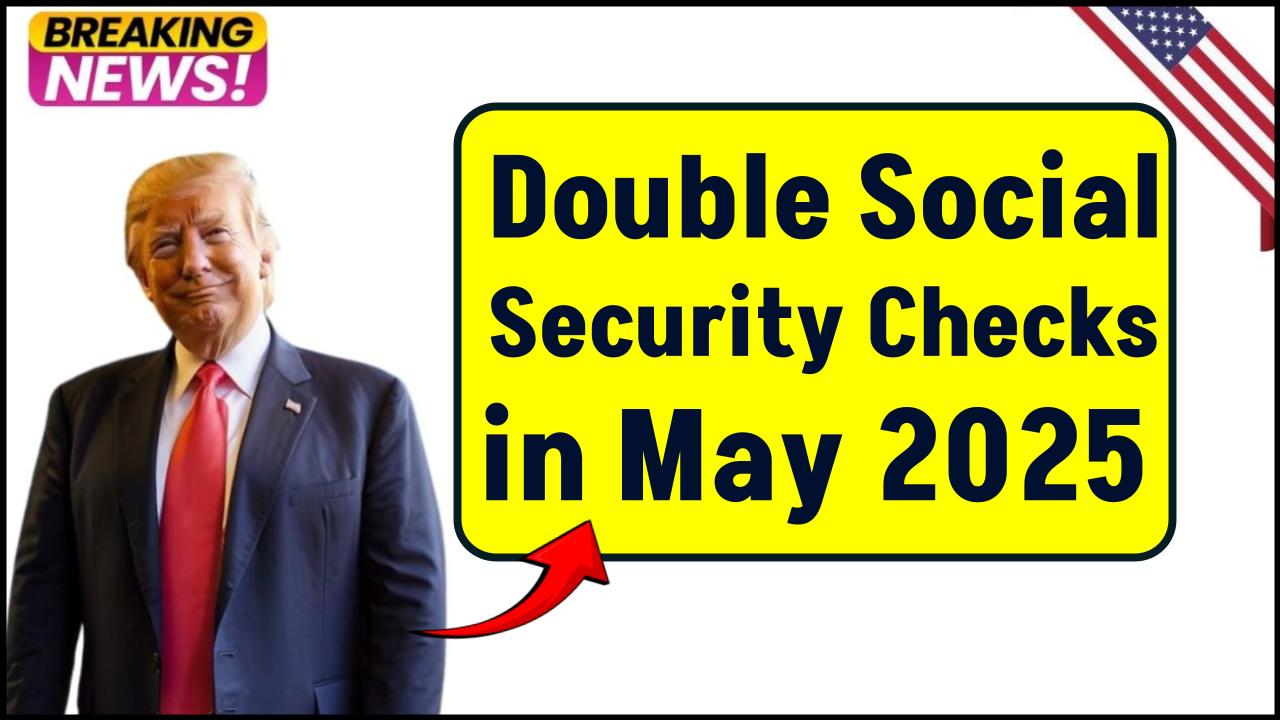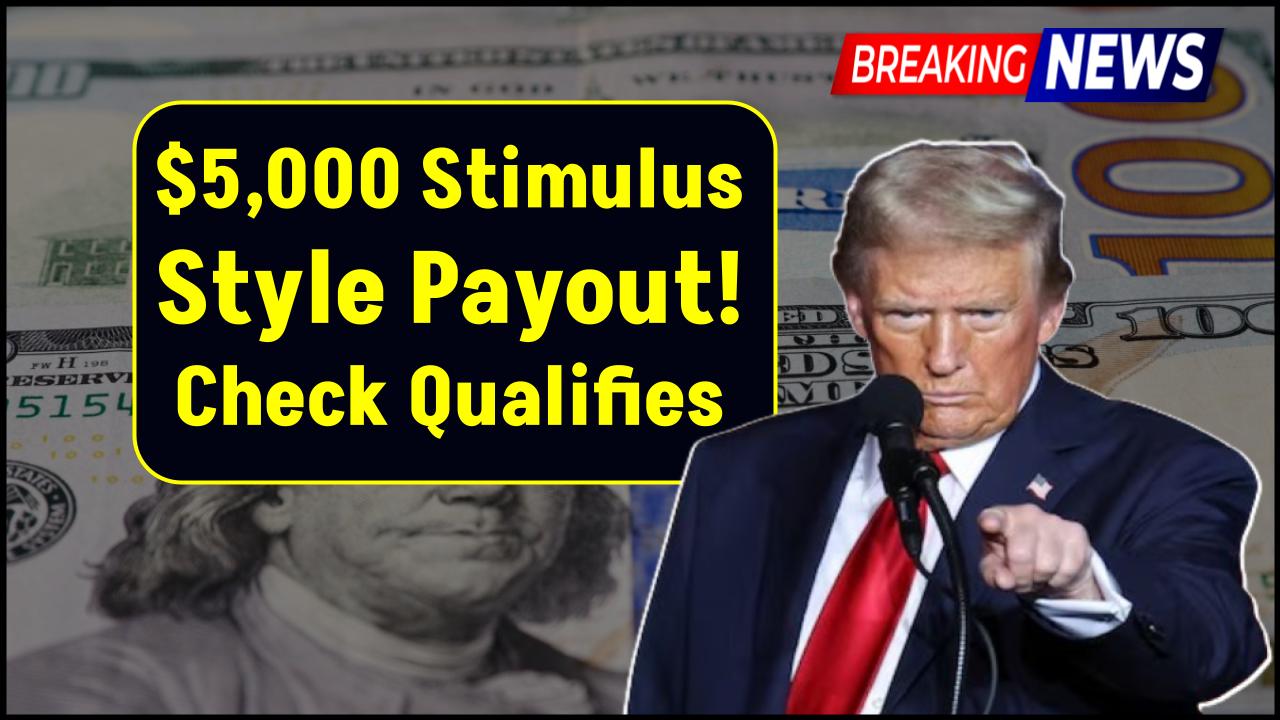In the ever-evolving world of cryptocurrency, one incident recently shook the digital asset space to its core. On April 13, 2025, the Mantra (MANTRA) token experienced an unprecedented market crash, erasing a staggering $5 billion in market value. What caused this dramatic wipeout? Was it the insiders who made a risky move, or were cryptocurrency exchanges to blame for failing to intervene in time? In this article, we’ll break down the Mantra token collapse, the debates surrounding the incident, and what this event means for investors and crypto enthusiasts.

The Blame Game Behind Mantra’s $5B Wipeout
| Topic | Details |
|---|---|
| Date of Collapse | April 13, 2025 |
| Value Lost | $5 billion wiped from the market value of the Mantra token |
| Token Drop | The price plummeted from $6 to $0.43, a 90% drop |
| Exchanges’ Role | Alleged failure to halt trading promptly during the crash |
| Mantra’s Response | The co-founder, JP Mullin, stated that the team’s holdings were secure and attributed the crash to reckless liquidations. |
| Current Status | As of now, Mantra token is trading at $0.87, reflecting a significant rebound |
The Mantra token crash of April 2025 was a wake-up call for both cryptocurrency investors and projects. The event highlighted the critical need for transparency, liquidity management, and proper exchange intervention. While it’s difficult to assign blame to a single entity, the incident underscores the inherent volatility of the digital asset market. Investors and projects alike must remain vigilant and learn from such incidents to avoid similar pitfalls in the future.
Context: The Mantra Token Crash
The Mantra token (MANTRA) was one of the many promising digital assets within the decentralized finance (DeFi) ecosystem. It quickly became popular for its strong community backing, innovative features, and growing adoption in various DeFi projects. However, what appeared to be another day of routine market activities turned into chaos on April 13, 2025.
The Mantra token, which had been valued at over $6 per token, suddenly dropped 90% in a short span, crashing to around $0.43. The wipeout left investors and market watchers shocked, as more than $5 billion in market value vanished almost instantaneously.
A Perfect Storm: Why Did It Happen?
So, what exactly triggered the $5 billion wipeout? Theories are aplenty, but the key question remains—who or what is responsible? Was it a market manipulation by insiders, or was it a failure by cryptocurrency exchanges to manage the massive sell-off?
The Blame Game: Insiders vs. Exchanges
Following the massive loss, a blame game began to unfold. On one side, Mantra’s insiders (including the project’s co-founder, JP Mullin) defended the integrity of the team, claiming that their tokens were not involved in the crash. On the other hand, several exchanges came under fire for failing to halt trading during the crash, which many believe contributed to the rapid sell-off.
Insiders’ Perspective: No Malfeasance
JP Mullin, one of the co-founders of the Mantra project, swiftly took to social media to respond to the crisis. He emphasized that the team had not manipulated the market and that their holdings were secure. To show transparency, he even shared a wallet address that remained unchanged during the crash. Mullin claimed that the dramatic fall in the token’s value was due to reckless liquidations that were triggered by automated systems.
His defense was rooted in the belief that the price crash was a natural result of liquidation cascades, which often occur in volatile markets, particularly in the crypto space. Liquidations happen when investors use margin to buy assets and are forced to sell when the price falls too far, triggering even further selling pressure.
Exchanges’ Perspective: Lack of Timely Intervention
In contrast, the exchanges that listed the Mantra token came under intense scrutiny. Critics of these platforms accused them of failing to halt trading quickly enough. As the token’s price began to spiral, the sell-off intensified, and the exchanges didn’t intervene until it was too late. This lack of prompt action, critics argue, amplified the crash.
Exchanges have a critical role to play during extreme price fluctuations. They typically implement circuit breakers to temporarily suspend trading when a certain price threshold is breached. This gives the market time to stabilize and allows for more orderly price discovery. In this case, however, the exchanges did not step in fast enough, allowing the Mantra token price to drop uncontrollably.
The Aftermath: What’s Next for Mantra?
As of now, the Mantra token has recovered somewhat, with the price trading around $0.87. However, this rebound does not erase the significant loss in market value or the ongoing uncertainty surrounding the project’s future. Investors who were caught in the crash are still nursing significant losses, while others are waiting to see if the project can regain its credibility.
Lessons Learned from the Mantra Token Collapse
The Mantra token collapse serves as a potent reminder of the inherent volatility in the cryptocurrency market. But what can investors and other digital asset projects learn from this incident? Let’s break it down:
1. Transparency Is Key
One of the standout aspects of this incident was Mantra’s quick response in providing transparent communication to the community. JP Mullin shared wallet addresses and provided updates, which helped in calming some nerves. Transparency is critical in maintaining investor trust, especially during times of crisis. The ability to show that the team’s assets were not involved in the liquidation was key to mitigating further panic.
2. The Importance of Proper Liquidity Management
The role of liquidity management cannot be overstated. Automated trading systems and margin trading can lead to cascading liquidations that harm the market as a whole. While liquidations are often a part of the market cycle, projects and exchanges must ensure that their systems are not designed in a way that amplifies volatility. Proper liquidity management policies and safeguards must be in place.
3. Exchange Intervention During Crises
Exchanges play a critical role in maintaining market stability. In times of extreme volatility, their ability to pause trading or implement trading halts can make a significant difference in curbing market crashes. It’s crucial for exchanges to be equipped with robust mechanisms to intervene quickly when necessary, and to ensure they act swiftly to protect investors.
A Historical Look: Similar Crypto Crashes
While the Mantra crash is alarming, it’s not an isolated incident. There have been several major market crashes in the crypto world that share similarities with what occurred here. Let’s take a look at a few of them:
- Bitfinex Hack (2016): The exchange lost 120,000 Bitcoins in a hack, which sent shockwaves through the market. While not a liquidation, the hack highlighted vulnerabilities in exchanges’ security protocols.
- Mt. Gox Collapse (2014): Mt. Gox, once the largest Bitcoin exchange, collapsed after losing 850,000 Bitcoins, leading to widespread panic and major market disruption.
- Bitcoin Crash (2017): The price of Bitcoin crashed from over $19,000 to nearly $6,000, causing billions to be wiped out within weeks. The drop was driven by regulatory concerns and speculative trading.
These incidents have all contributed to the volatile reputation of the crypto market, reinforcing the need for both security and risk management practices.
The Role of Automation and Algorithms in Crypto Markets
In the crypto space, many assets are traded using automated systems and algorithms that execute trades based on pre-set rules. These systems are designed to improve trading efficiency and liquidity but can also contribute to market volatility.
Automated trading systems, if not properly managed, can lead to liquidation cascades where one sell-off triggers a chain reaction of forced sales. This can result in rapid price declines like what happened with the Mantra token. It’s important for crypto exchanges to ensure that such systems are optimized to prevent large-scale crashes and to ensure smoother trading processes.
Regulatory Implications: Will New Rules Be Imposed?
The Mantra token wipeout has sparked conversations about the future of cryptocurrency regulation. After such incidents, regulators often push for tighter oversight to ensure market stability. Governments around the world are looking at ways to regulate crypto exchanges, especially with regard to liquidity management and market manipulation.
Exchanges may soon be required to implement mandatory circuit breakers, have risk management protocols, and disclose their intervention strategies during periods of extreme volatility.
Psychological Impact on Investors
For many investors, the Mantra token collapse has been a devastating experience. Psychological factors, such as fear of missing out (FOMO) and loss aversion, play a significant role in trading behavior. After a crash, many investors panic and sell, further driving down the asset’s price. This highlights the importance of emotional control and having a long-term perspective in crypto investments.
Educational Takeaways for New Crypto Investors
For those new to cryptocurrency investing, it’s crucial to understand the inherent risks of the market. Here are some key takeaways:
- Diversify your investments to reduce exposure to any single asset.
- Avoid margin trading unless you fully understand the risks involved.
- Research the projects you invest in and stay informed about market conditions.
- Set stop-loss orders to limit your losses during volatile swings.
- Never invest more than you can afford to lose.
FAQs about The Blame Game Behind Mantra’s $5B Wipeout
1. What caused the Mantra token’s sudden crash?
The Mantra token experienced a rapid price drop due to a combination of reckless liquidations triggered by automated trading systems and a failure by exchanges to halt trading in time. These factors led to a cascading sell-off, which wiped out over $5 billion in market value within a short period.
2. Were insiders responsible for the Mantra token collapse?
No, according to JP Mullin, the co-founder of Mantra, the team’s tokens were not involved in the crash. Mullin emphasized that the crash was caused by automated liquidations rather than any internal actions. The team provided proof of their wallet holdings to demonstrate their transparency.
3. What role did cryptocurrency exchanges play in the crash?
Exchanges are being criticized for not intervening quickly enough to halt trading during the price drop. The lack of prompt action from exchanges allowed the Mantra token price to plummet uncontrollably, amplifying the crash. Critics argue that exchanges should have implemented circuit breakers to prevent further sell-offs.
4. How did the market react after the Mantra token crash?
After the collapse, the Mantra token rebounded somewhat, trading around $0.87. However, the market still faced lingering uncertainty about the project’s future, with investors who lost money looking for answers and reassurance from the team.
5. Can the Mantra project recover from this crisis?
It is possible that Mantra can recover, especially if the project focuses on rebuilding investor trust through transparent communication and strong project fundamentals. However, its future largely depends on how the team addresses the concerns raised by this incident and whether it can regain the confidence of the crypto community.
6. What can new crypto investors learn from the Mantra token crash?
New crypto investors can learn valuable lessons from the Mantra token crash, such as the importance of diversification, understanding market volatility, and emotional control. It is also crucial to research projects thoroughly and practice risk management strategies, such as using stop-loss orders to limit losses during volatile market conditions.









